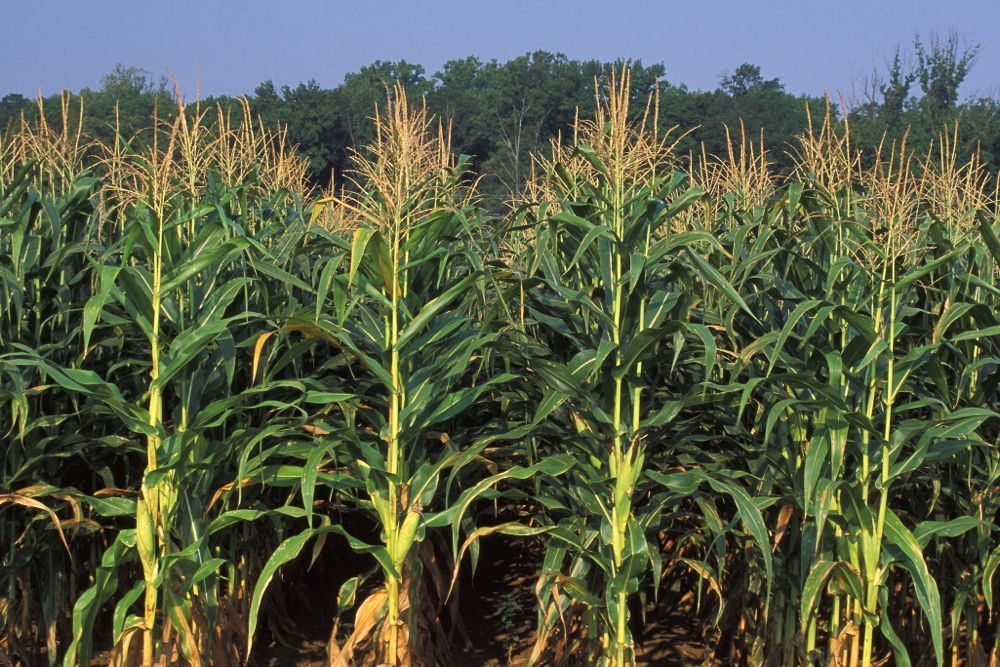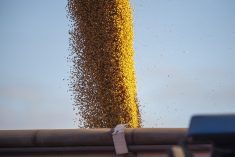Chicago | Reuters — Grain traders worried on Tuesday about the risk for reduced demand from China after the government said it would scrap its corn stockpiling program at a time when global markets are awash with excess supplies.
Traders said importers in China would likely reduce purchases of farm products used to feed livestock, including sorghum and the ethanol byproduct distillers’ dried grains (DDGs). They said the policy shift is expected to bring domestic corn prices in line with cheaper foreign supplies.
Last year, China imported about 40 million tonnes of substitutes for corn, including sorghum, DDGs and barley, from the U.S. and other countries, said Fred Gale, a senior economist for the U.S. Department of Agriculture. At times, corn prices in China were double those of the imports.
Read Also

U.S. pulse group commits to doubling production in five years
The pulse industry in the United States has plans to double production and consumption of pulse crops by 2030, USA Pulses announced at their annual conference held in Spokane, Washington, July 7-10.
China has accumulated an estimated 250 million tonnes of corn in its reserves, more than it can consume in a year. Sales of the stockpiles will be a blow to global markets grappling with record supplies that are weighing down prices, economists said.
The release of the reserves will be “one more factor adding to the bearish outlook for feed grain markets in general,” Gale said.
China’s imports of U.S. DDGs have already softened amid a trade dispute, after reaching a record high in 2015. China relies on imports for almost all its DDG needs, with most of the shipments coming from the U.S.
U.S. sorghum shipments to China also have slowed from a record last marketing year. The end of corn stockpiling will likely continue to hurt demand, said Mike O’Dea, a U.S. trader for INTL FCStone.
“The good things we saw a couple years ago are over,” he said.
It will likely take China years to eat through its massive stockpiles, economists said.
However, the country may need to keep importing feed grains if the quality of the reserves is poor or domestic prices remain too high, said Tom Sleight, president of the U.S. Grains Council, an industry group that promotes exports.
Demand also may return once the reserves are gone, said Florentino Lopez, executive director at the United Sorghum Checkoff Program, which promotes the U.S. commodity.
“They’re going to continue to require an extremely large volume of grain, whether that is domestic or international,” he said about China.
“Long-term, that opportunity does exist for our commodities to flow in.”
— Tom Polansek reports on agriculture and ag commodity markets for Reuters from Chicago. Additional reporting for Reuters by Karl Plume and Michael Hirtzer.




















